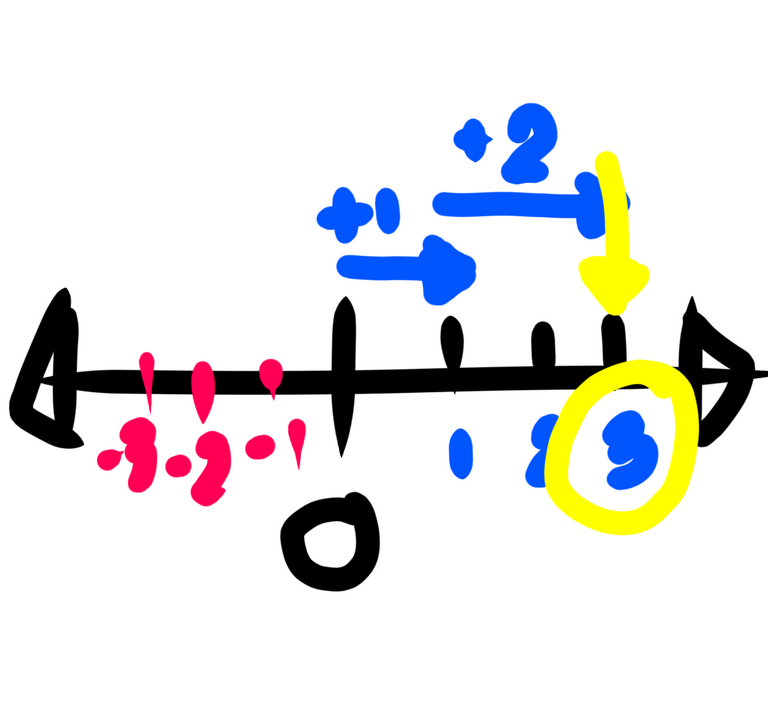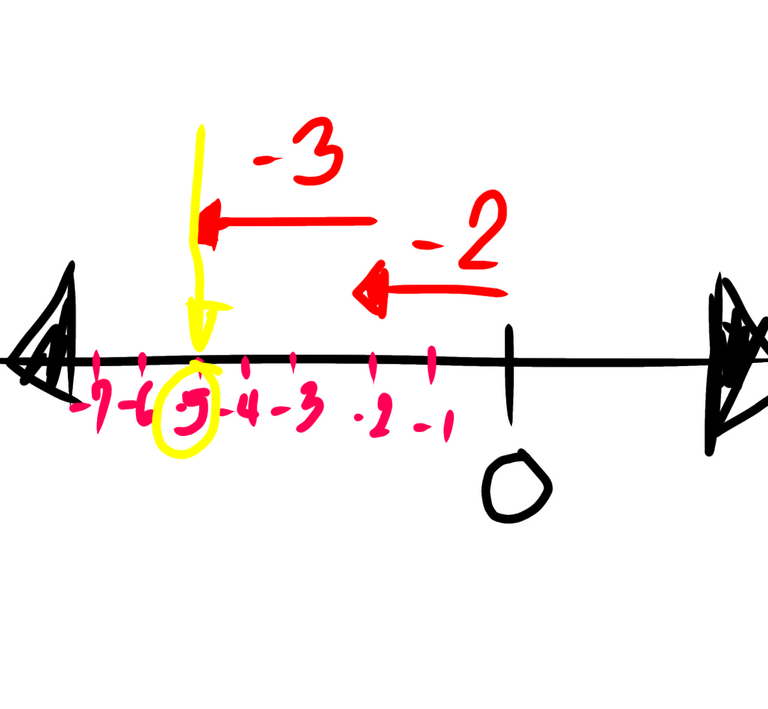Operation of Integers: Subtraction
Objective:
At the end of the topic, readers or learners are expected to solve problems on subtraction of integers.
Review:
We use the integer line to solve some problems on addition of integers. Just to highlight 👇👇👇
- Positive numbers are located at the right.
- Negative numbers are located at the left.
- We always start from zero then the next movement will start from the end of the first movement we had.
Today we are going to move to our new topic which is the part 2 of operation integers the SUBTRACTION.
In subtraction we need to change the sign of subtrahend which is the second number and proceed to addition like this 👇👇
Example:
- 1- (-2)= +3
Why?
Following the rule we change the sign of the subtrahend which is -2 so it will become +2 and we will proceed to addition so rewriting it👇
1+(+2)=1+(+2)=+3
Looking at the movement trend at the line of integers. Since the both are positive, therefore they will move to the right.

Example 2:
-2-(+3)= -5
Why?
Again following the rule we change the sign of the subtrahend which is +3 it will become -3 and proceed to addition that is why we have -5.👇
-2+-3=-5
Note: in adding numbers with same sign just proceed to adding the too numbers and copy the common sign like in our example both are negative. So, 2+3 is 5 and both are negative, therefore are final answer is -5.
Looking at the trend of movement at our line of integers 👇👇👇

Both are negative so both move to the left. As a result we got -5.
Checkpoint:
- 2- (-2)=
- 3-(+3)=
- -5-(-6)=
- 6-(-6)=
- -17-(-6)=
I hope you learn something for today and i will know it if you answer the checkpoint.
Guys let me know also your strat by commenting below.
Thank you so much.
Congratulations @teachaxie! You have completed the following achievement on the Hive blockchain and have been rewarded with new badge(s) :
Your next target is to reach 1750 upvotes.
You can view your badges on your board and compare yourself to others in the Ranking
If you no longer want to receive notifications, reply to this comment with the word
STOPCheck out the last post from @hivebuzz:
Support the HiveBuzz project. Vote for our proposal!
Your content has been voted as a part of Encouragement program. Keep up the good work!
Use Ecency daily to boost your growth on platform!
Support Ecency
Vote for Proposal
Delegate HP and earn more
Congratulations @teachaxie! You have completed the following achievement on the Hive blockchain and have been rewarded with new badge(s) :
Your next target is to reach 60 posts.
Your next target is to reach 2000 upvotes.
You can view your badges on your board and compare yourself to others in the Ranking
If you no longer want to receive notifications, reply to this comment with the word
STOPCheck out the last post from @hivebuzz:
Support the HiveBuzz project. Vote for our proposal!